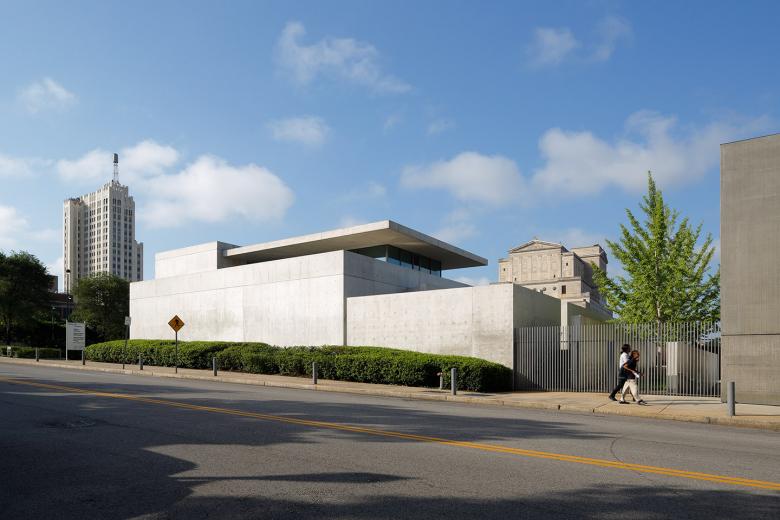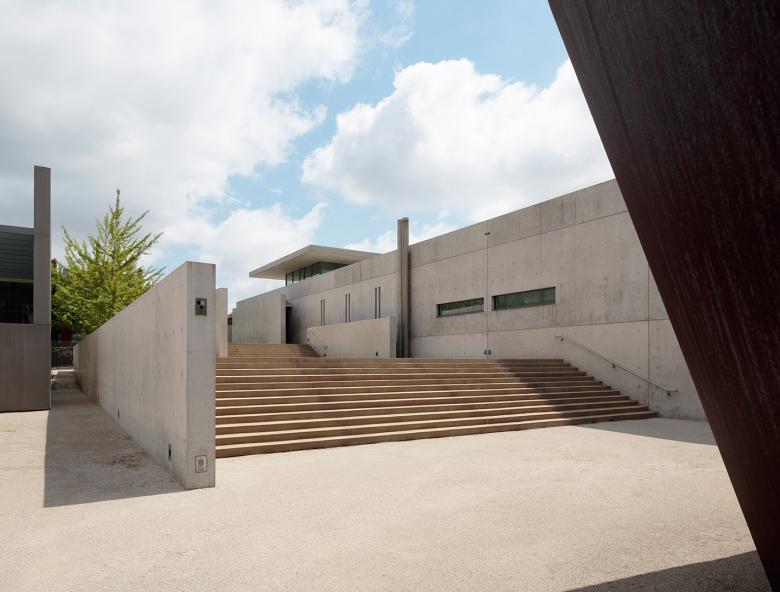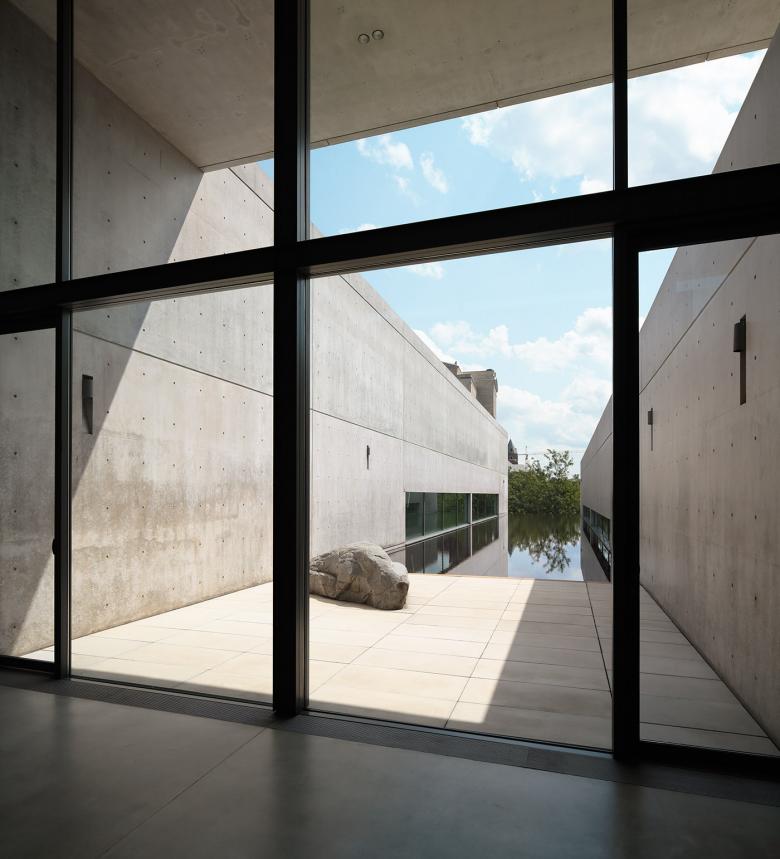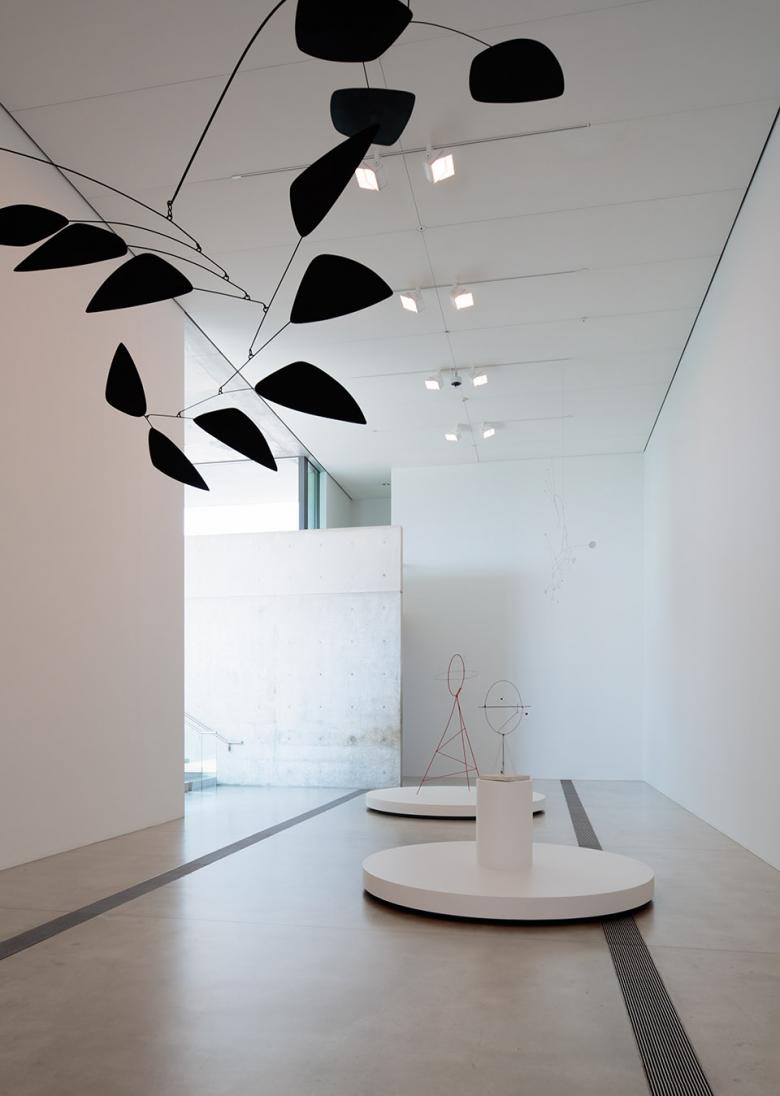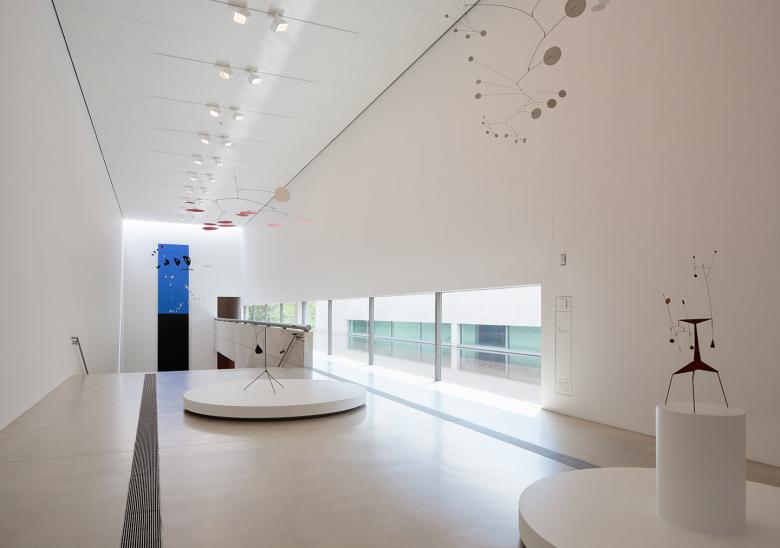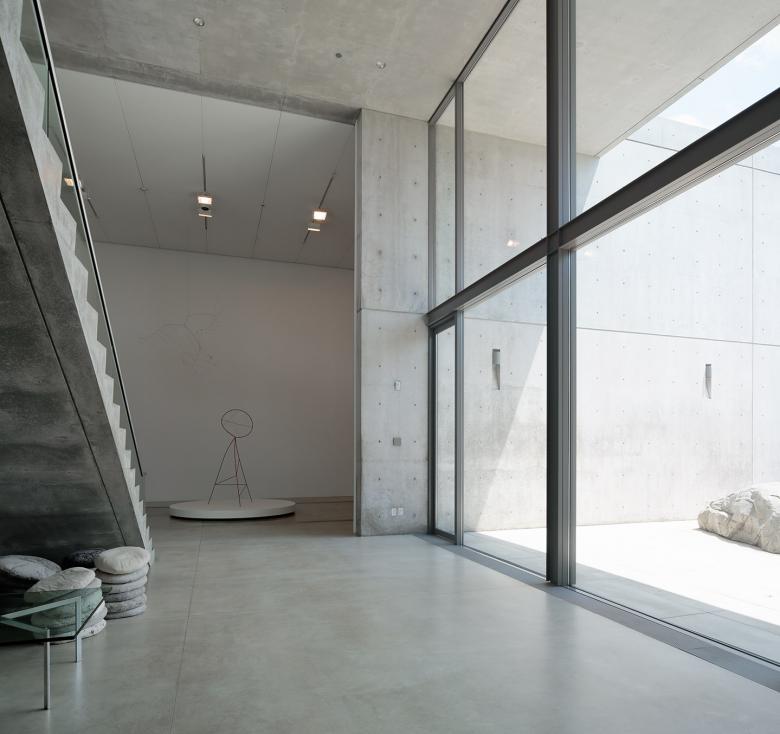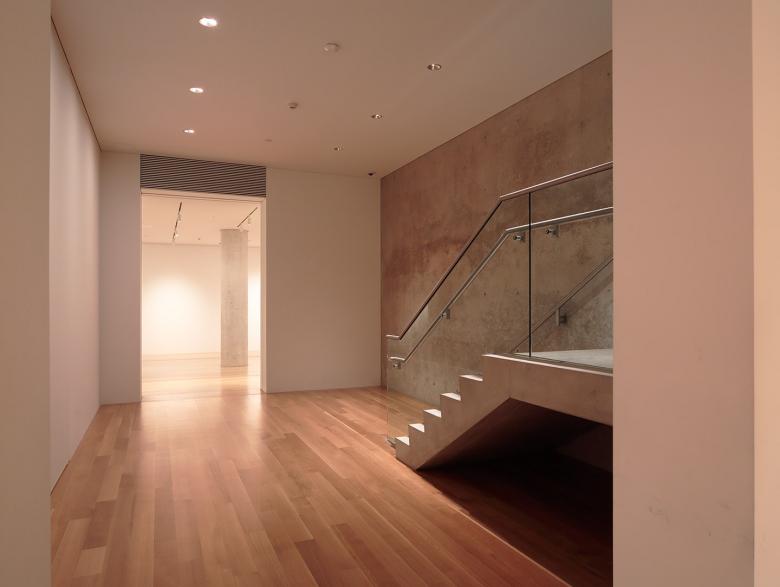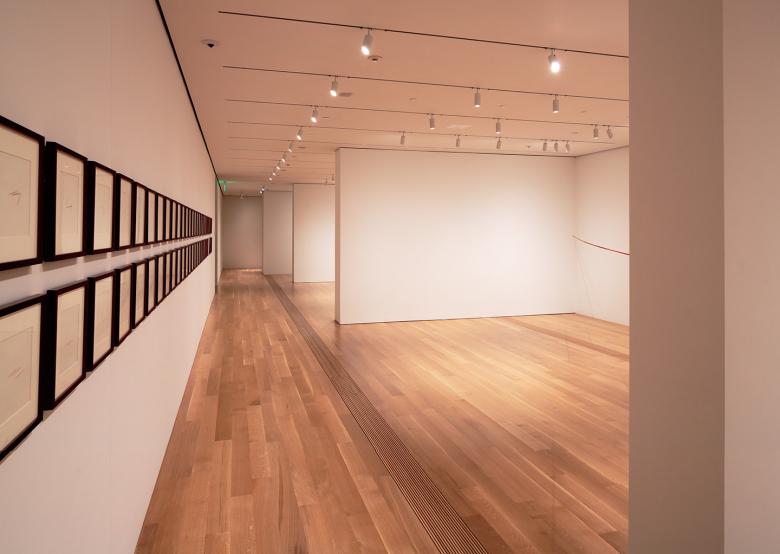Pulitzer Arts Foundation
10. agosto 2015
On 1 May 2015 the Pulitzer Arts Foundation opened with an expanded building and a new name. Previously known as the Pulitzer Foundation for the Arts, the institution that calls itself "a sanctuary for the ever-evolving experience of art" opened in 2001 in a building designed by Japanese architect Tadao Ando. The Pulitzer called on Ando again for the design of new below-grade galleries that expand its space and its mission. Not surprisingly, the new galleries fit seamlessly with those in the existing building. Photographer Aaron Dougherty visited the building and sent us some photographs.
Washington Boulevard elevation with Contemporary Art Museum St. Louis (Allied Works, 2003) at right
In May 2014 the Pulitzer Arts Foundation announced it would be transforming the lower level of its 2001 building designed by Tadao Ando into new public spaces for exhibitions, programs, and artist-driven activities. The spaces previously used as offices and storage would turn into two new galleries, increasing the Pulitzer’s programmable space by nearly 50 percent and, per a statement from the Pulitzer, "offer[ing] new possibilities for the scope of the institution’s vision." Just like the first building, the Pulitzer worked with Tadao Ando (and local architect Christner Inc.) to "honor the aesthetic and spatial sensibility of the building."
Courtyard view with Richard Serra's Joe, 2000, in foreground
Since it first opened the Pulitzer building has been introverted, ideal for the quiet contemplation of art in the city's Grand Center arts district. But in 2003 it was joined by the Contemporary Art Museum St. Louis (CAM), which opened next door in a building designed by Brad Cloepfil and Allied Works. A similar material palette, namely concrete, and a plan that creates a shared courtyard make the two buildings good neighbors. A visit to one institution often includes a visit to the other.
Ando's 2001 design places two bars astride a reflecting pool.
One of the exhibitions in the reopened museum is Calder Lightness, featuring Alexander Calder's sculptures.
The Calder pieces are visible near Ellsworth Kelly's Blue Black, a permanent artwork in the museum since 2001.
According to the Pulitzer statement, "The new spaces will ... enable the Pulitzer to develop a broader range of collaborations with artists, curators, community partners, and innovators across disciplines and to experiment with the visitor’s experience of the space." Upon reopening in May, the Pulitker approached this potential with three exhibitions, the last two in the expanded galleries: Calder Lightness, Richard Tuttle: Wire Pieces, and Fred Sandback: 64 Three-Part Pieces.
The new below-grade galleries are accessed near the window overlooking the reflecting pool.
The galleries in the building's lower level are accessed from a new stair near the large full-height window overlooking the central reflecting pool, in effect looping the building around this signature water feature in the aim of improving visitor movement. As expected, concrete continues into the lower level, but it is more sparse than upstairs. Wood, used for the floors, is more prevalent, giving the new galleries the calmness and serenity Ando was striving for.
The stair to the new below-grade galleries that occupy former administrative space.
The new galleries opened in May 2015 with exhibitions on Fred Sandback and Richard Tuttle.
Text by John Hill.
Pulitzer Arts Foundation
2015St. Louis, MO, USA
Client
Pulitzer Arts Foundation
Architect
Tadao Ando Architect & Associates
Osaka, Japan
Associate Architect
Christner Inc.
Building Area
3,700 sf (gallery space in expansion)
7,500 sf (gallery space in 2001 building)
Photographs
Aaron Dougherty
Artigos relacionados
-
Spotlight on Italy
on 16/05/2018
-
Bologna Shoah Memorial
on 20/07/2015
